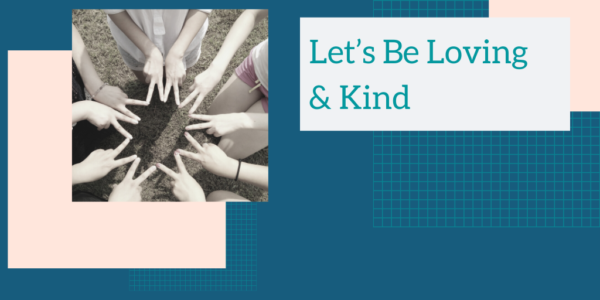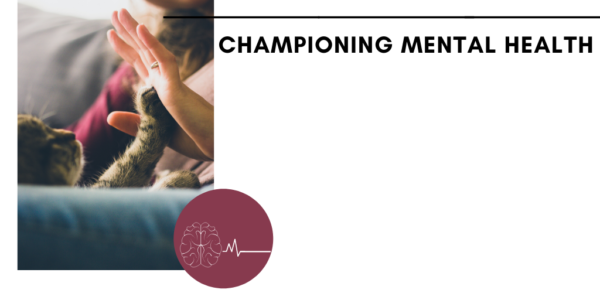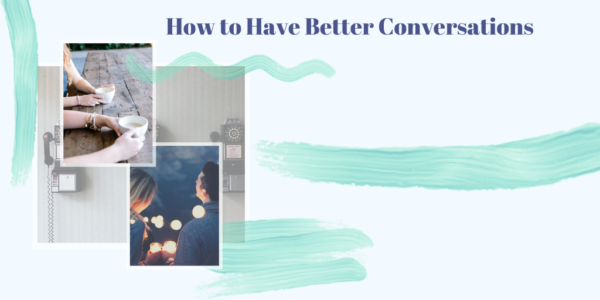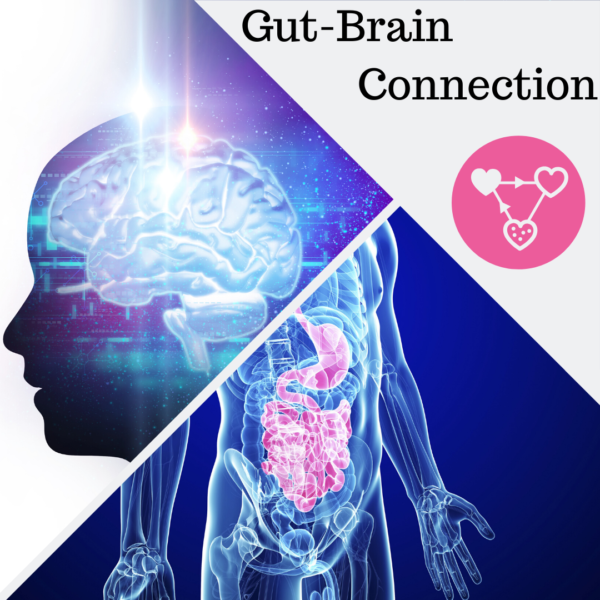
We at Unified Caring Association (UCA) feel that nothing helps a community come together like love and kindness. These forms of caring are something we all need in the world today. A community that cares comes together to help people in need.
Let’s be loving and kind.
Loving kindness can go so far right now. It can be a small act of kindness that makes a big impact. Think about kindness when we have to go out for supplies. Like, if you see there are only two items on the shelf of what you need, ask yourself, do you really need both? Or can you just take one and let someone else take the other? Perhaps someone else truly needs it, and having it makes their lives easier. Let’s face it, any bit that we can ease each other’s difficulty right now can make a huge difference. In a time when people are uncertain about major life issues, making it so someone does not have to worry about having needed supplies is a major act of kindness.
Let’s be loving and kind when we are home with our family.
Maybe you are able to work from home, and your kids are being tasked with distance learning. Also, maybe you are cooking three times a day and keeping up with cleaning up a well-lived-in house. So much to do! You may find you are not getting a lot of alone time or time for self-care. Stress of money or worry over the current state of things may be taking a toll. Kids may be crabby, and any structure you had is non-existent. Stress can put us in a position where it is easy to take out our frustrations with our loved ones.
Pause for Kindness
It may take some practice, but we can put a pause in. A pause to choose to be kind, even when we are at our wits end. No, it doesn’t mean let your kids stay up as late as they want, or let them eat ice cream for breakfast (I mean if you want to do that, go ahead!)… It just means, take a breath, pause, and remember you may not ever get this chance to be home and enjoy your family like this again. Prioritize kindness over demands. Prioritize love over productivity. Then, build in your new structure, new demands, your new normal. Build your life anew, and build it on love and kindness… The rewards will last long after the stress of this pandemic has faded from daily life.

























